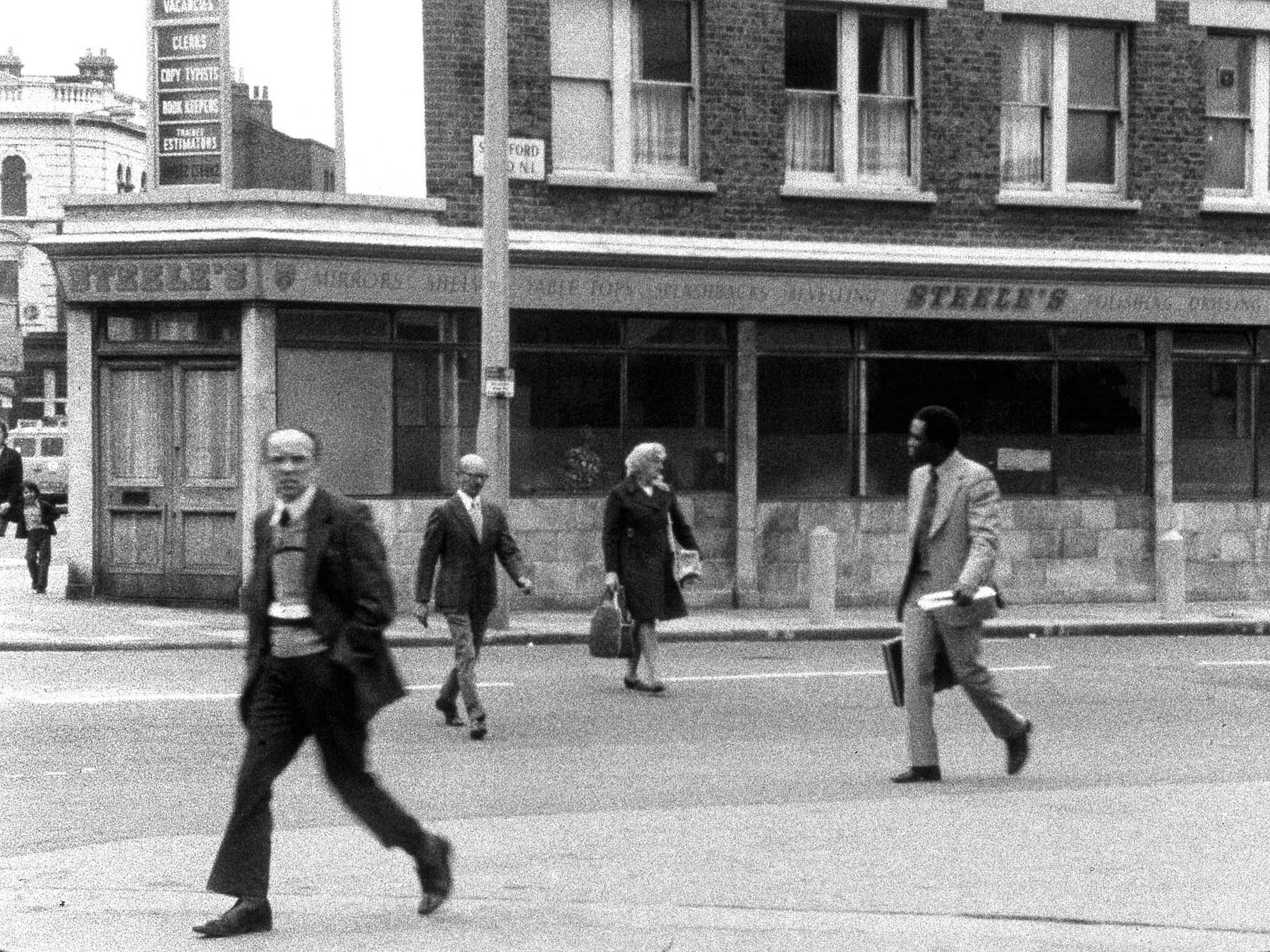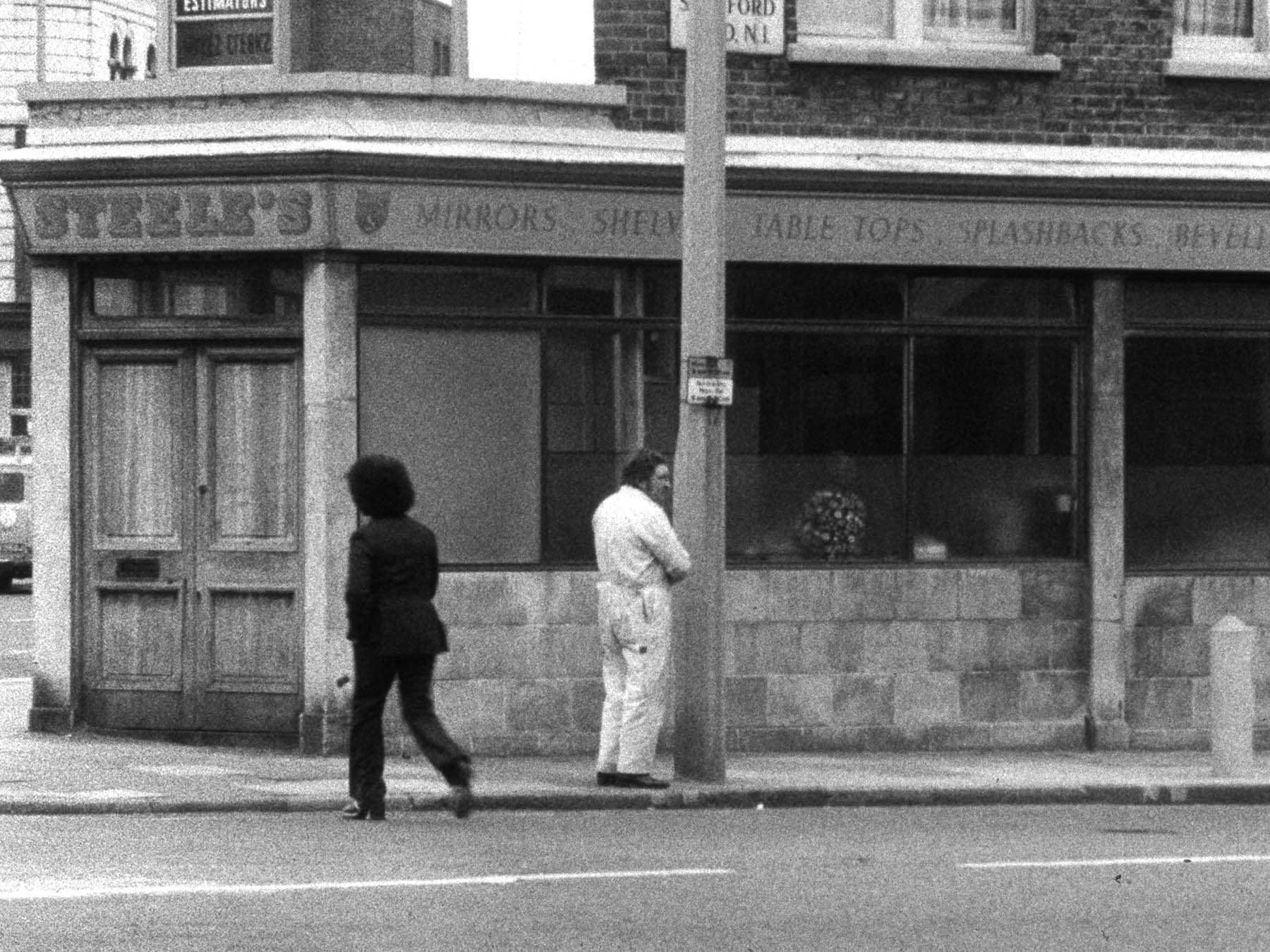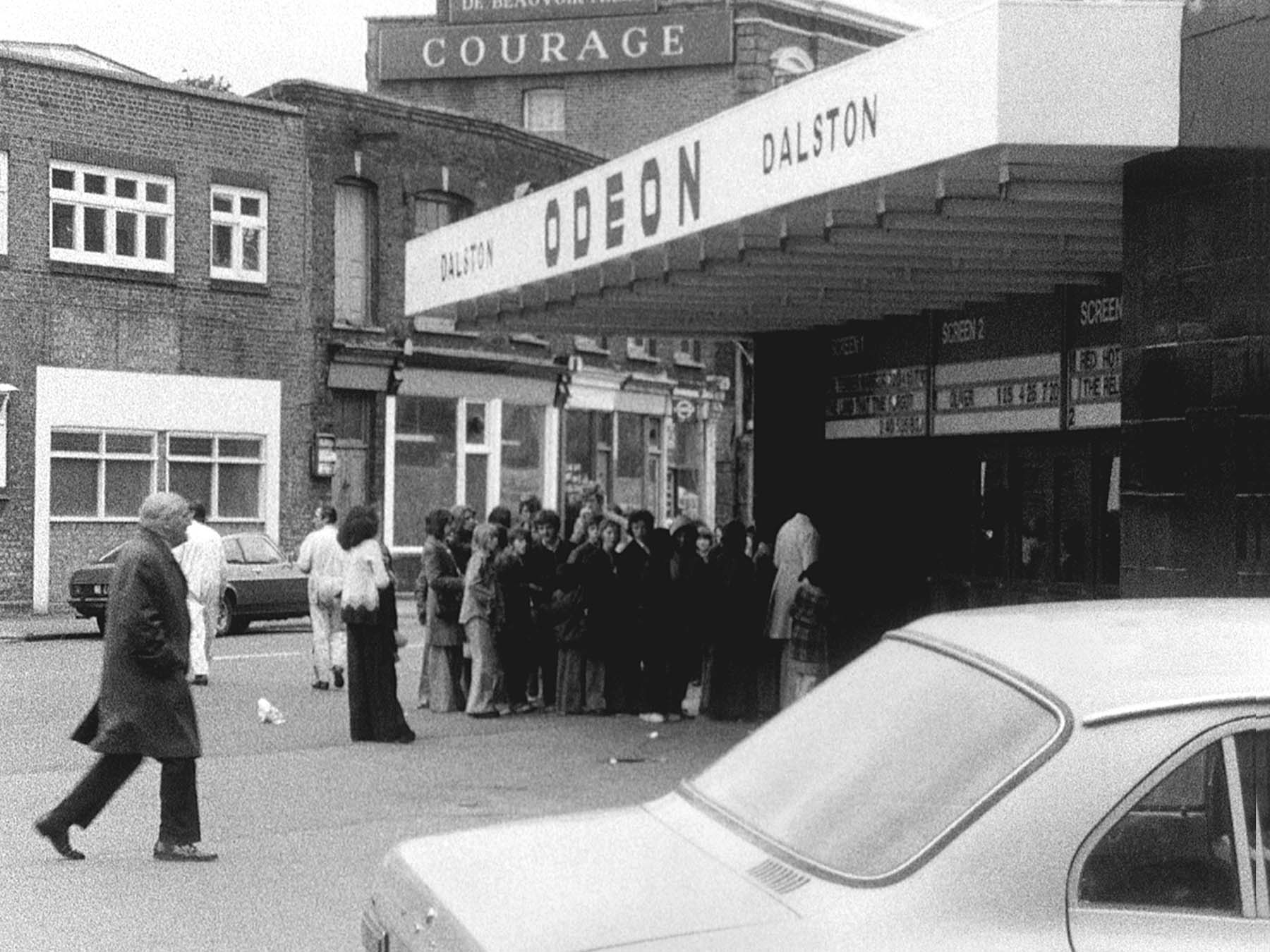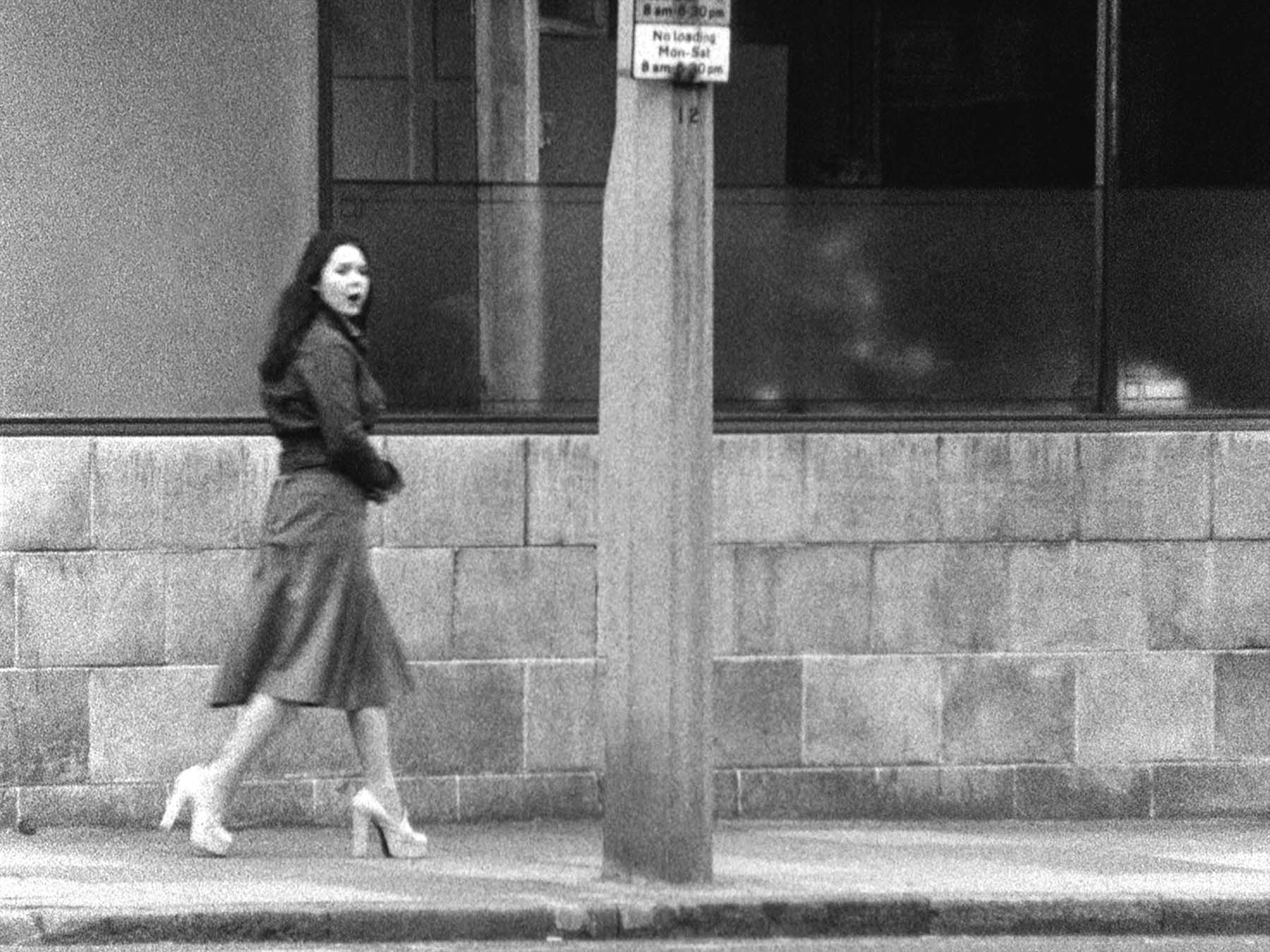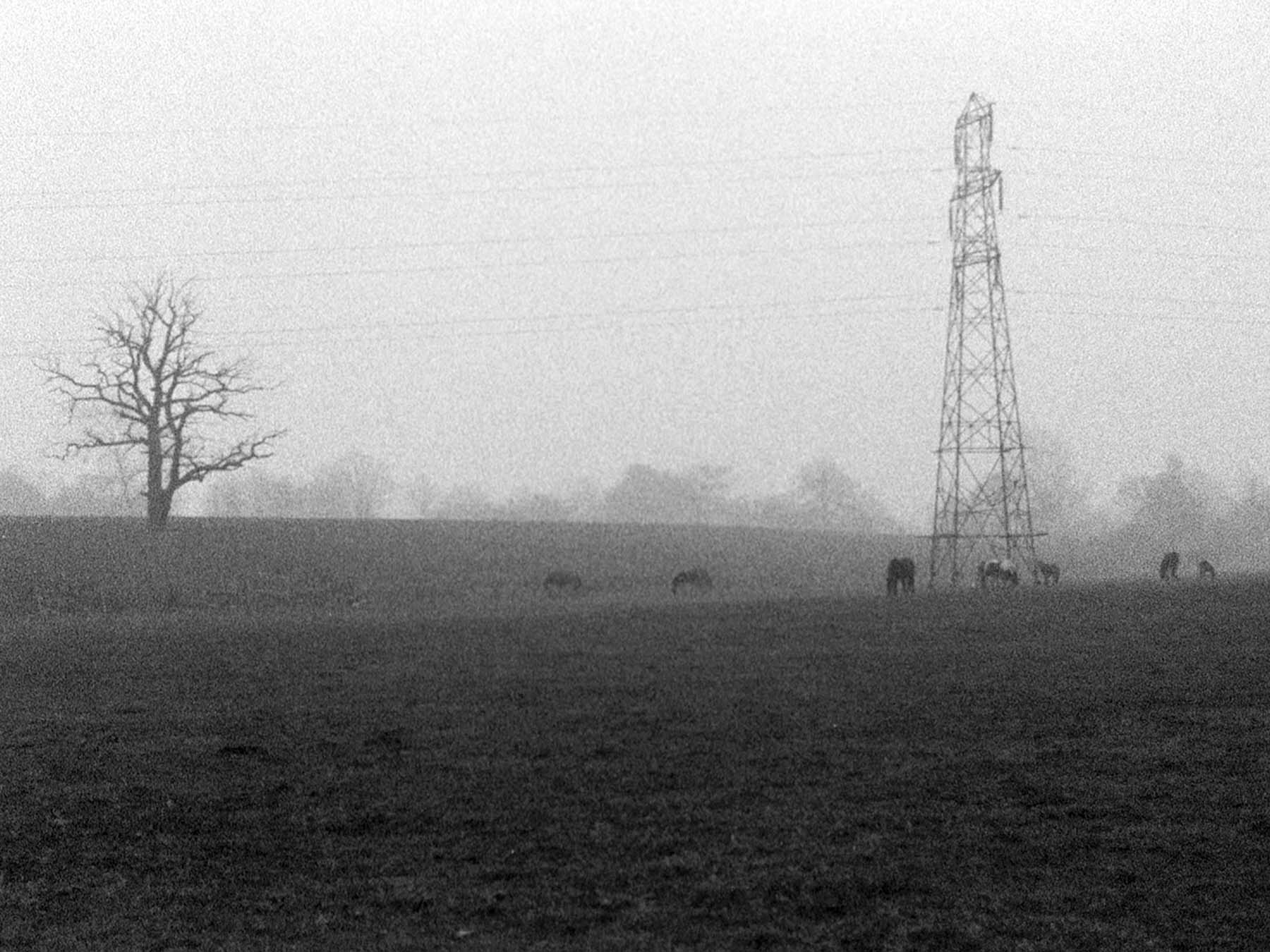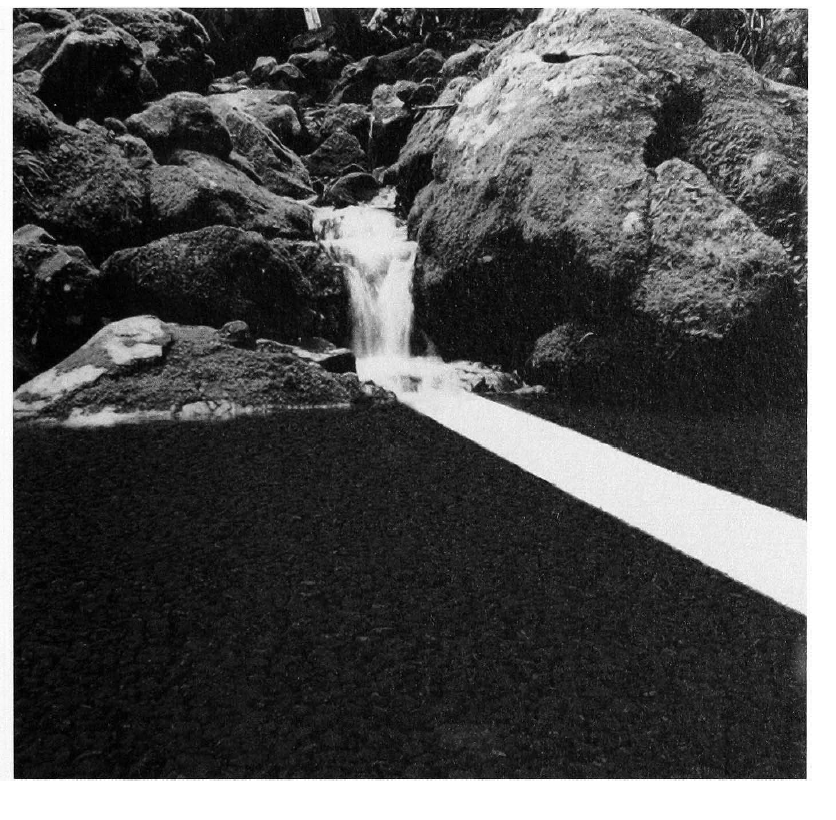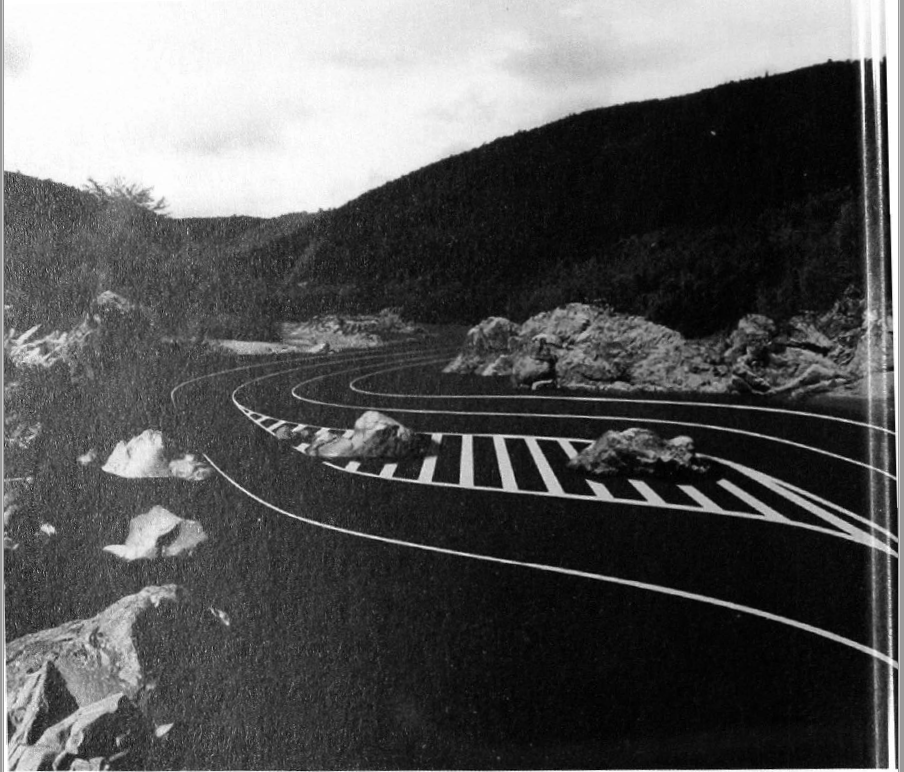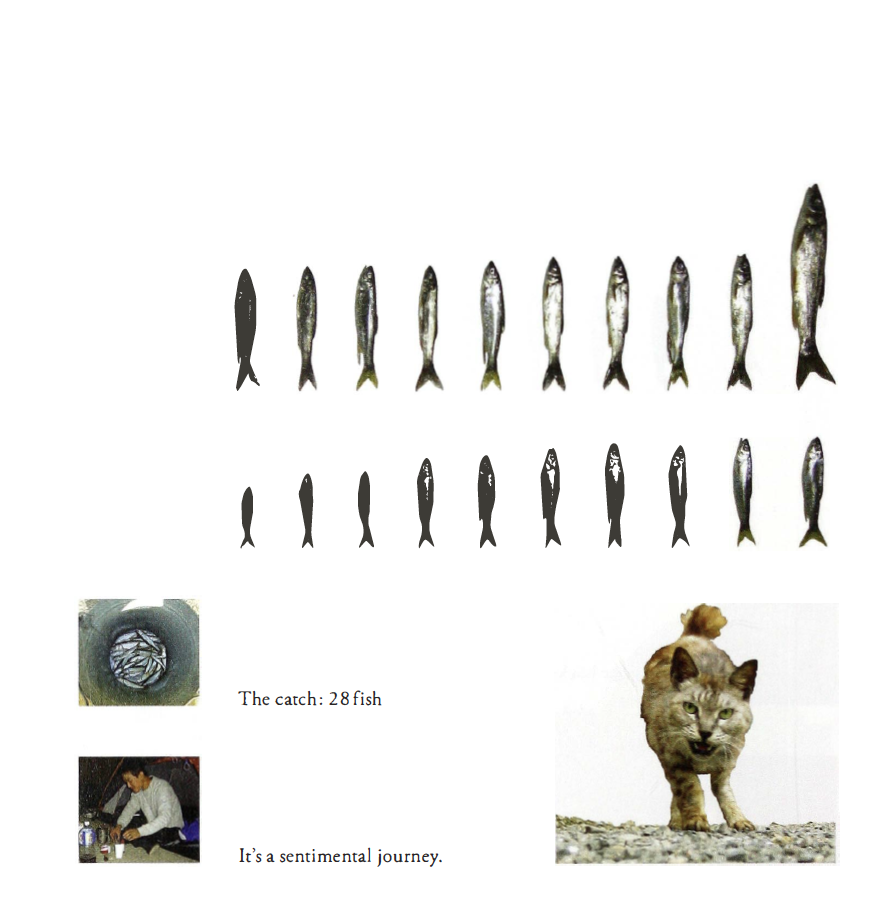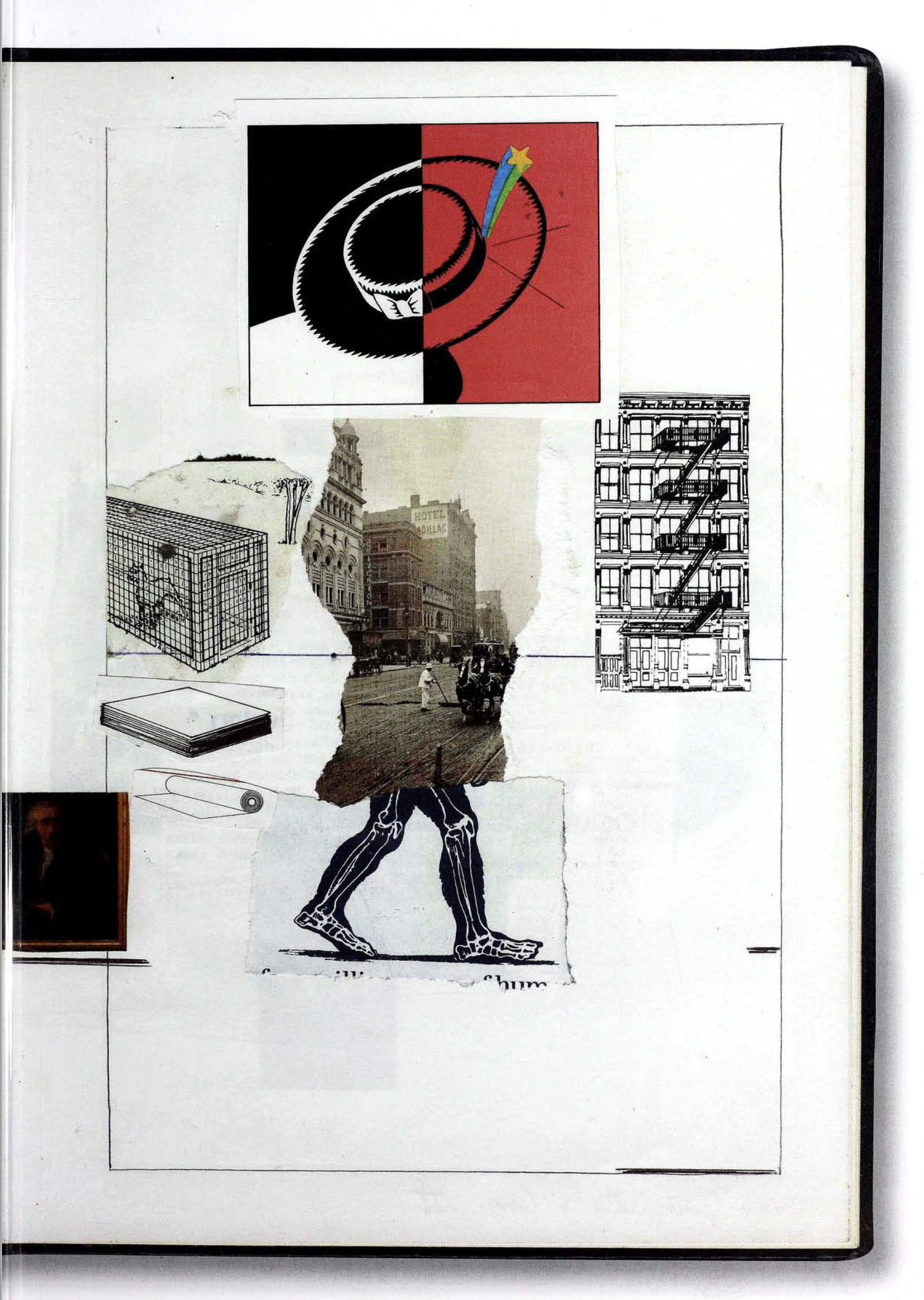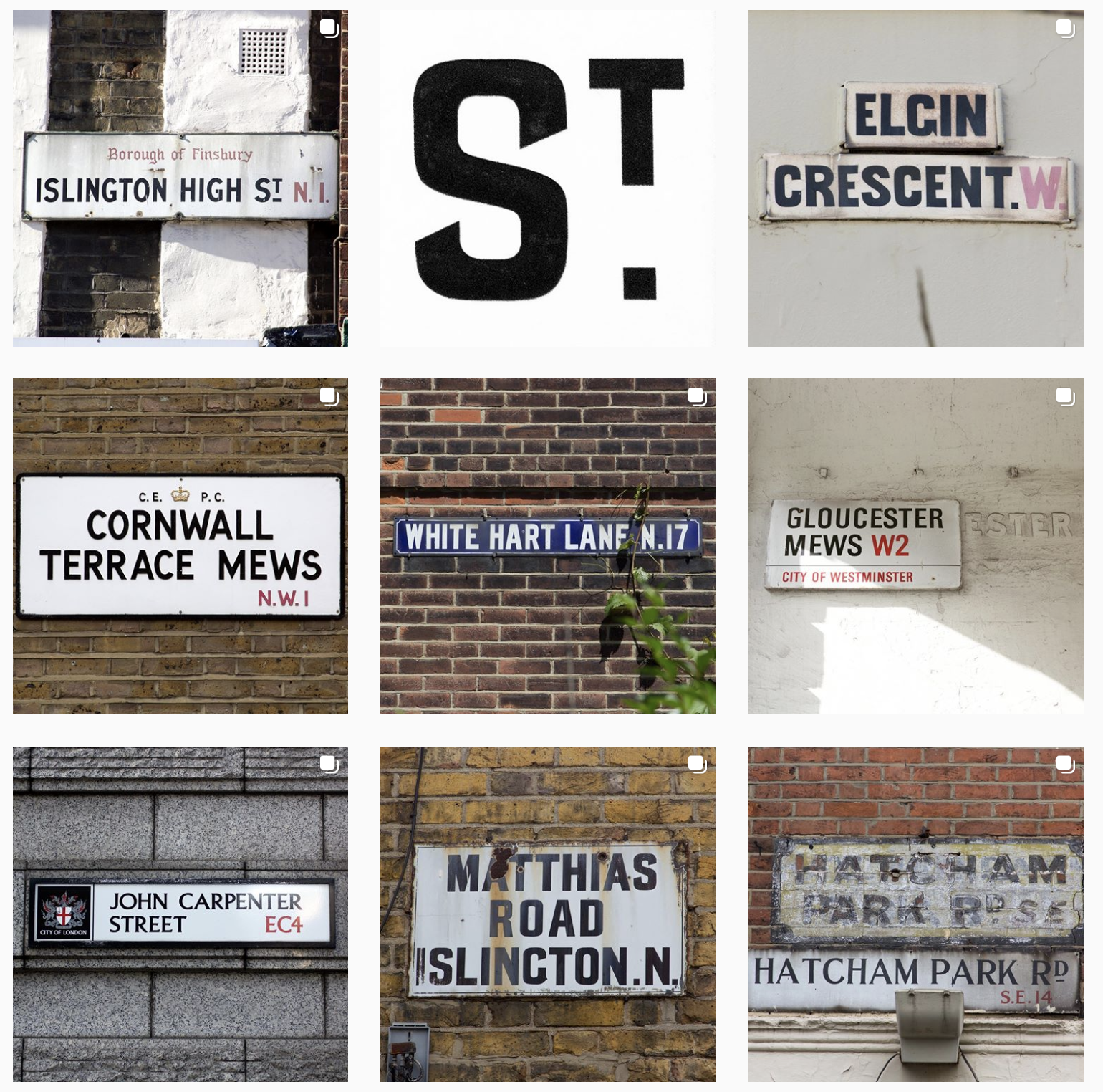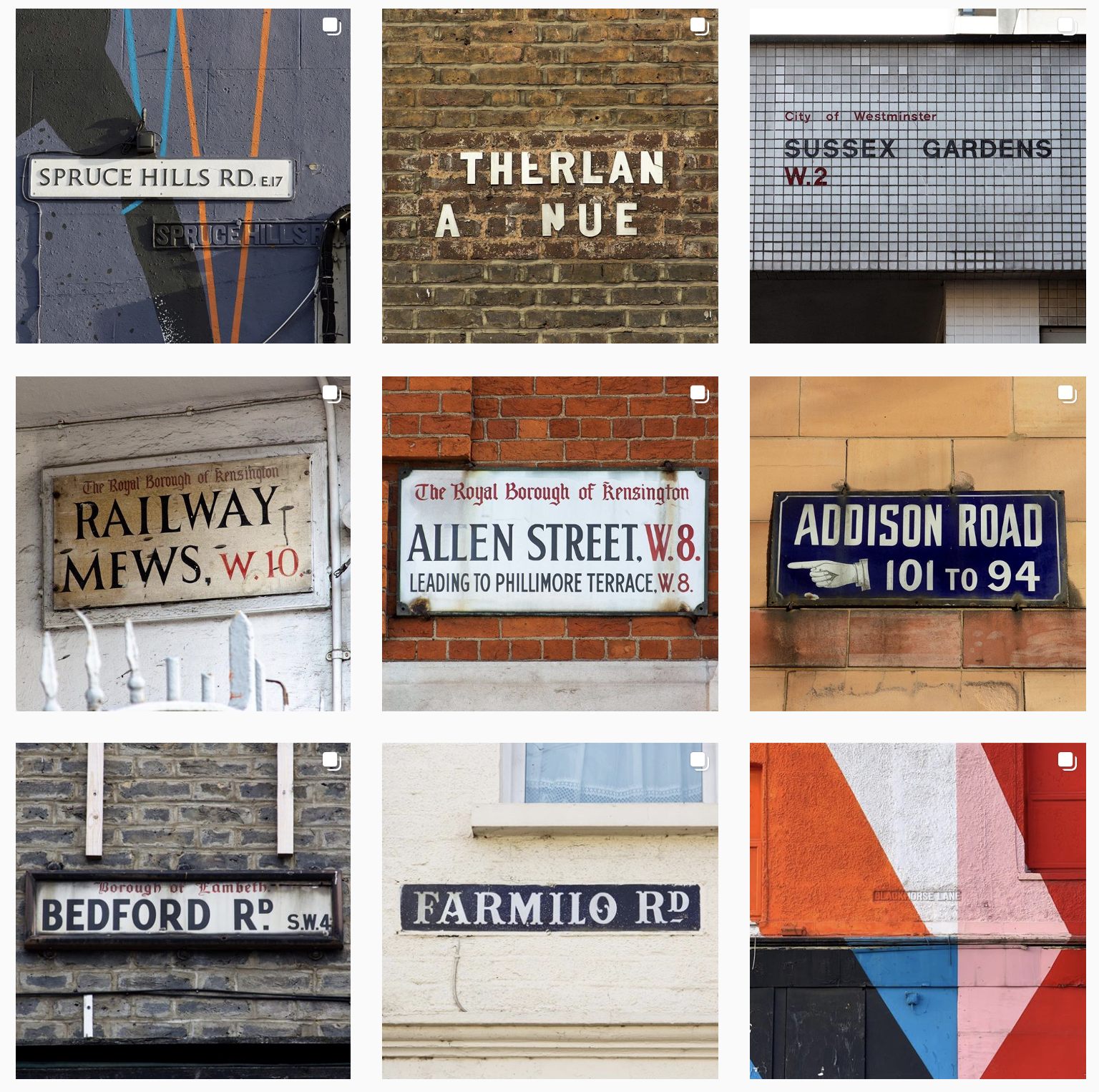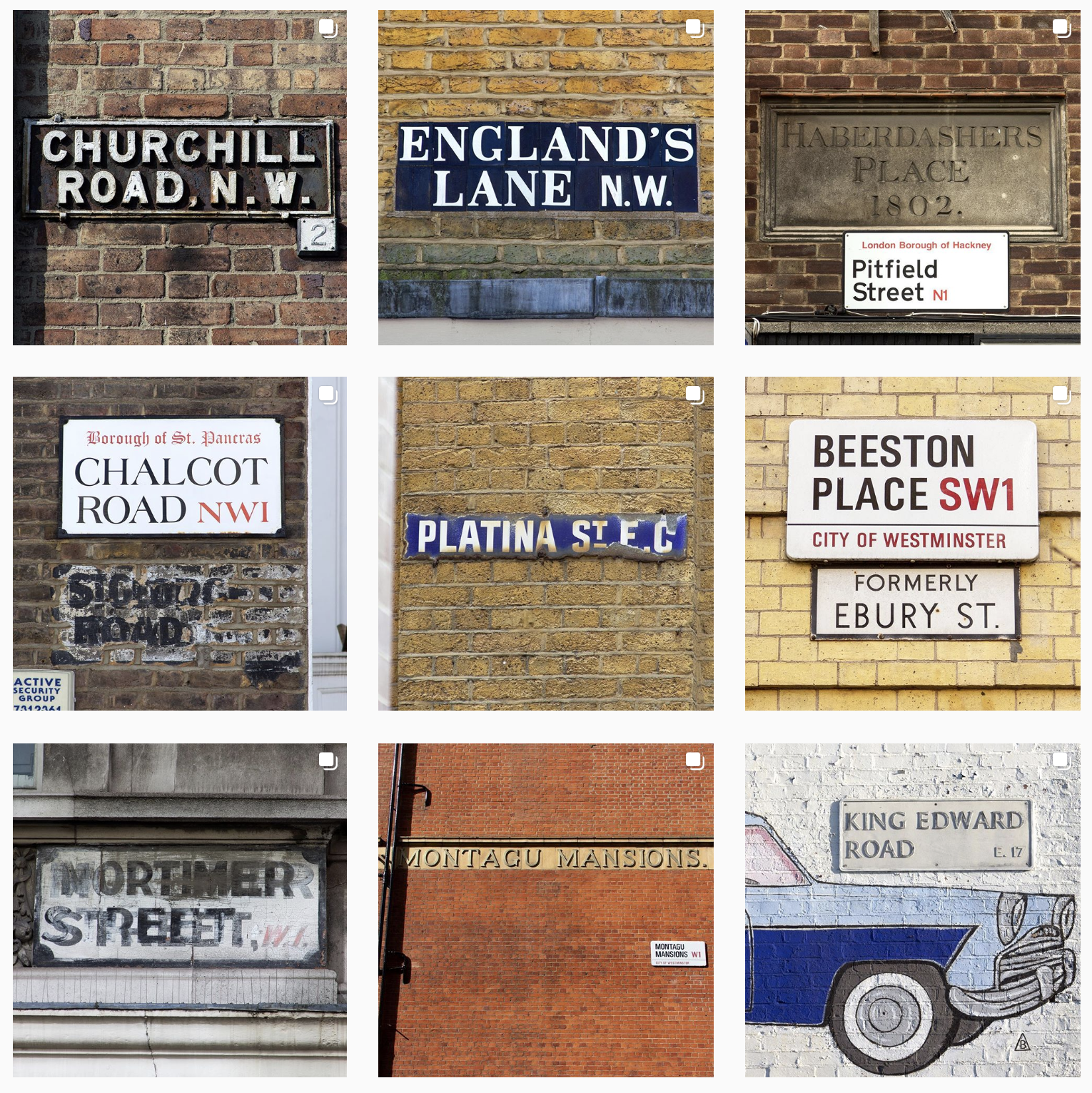NOTICING THE IGNORED
This week’s lecture explores the practice of observation and its impact on design. What can we see that we typically overlook? What is revealed or discovered when we look longer, dig deeper, and widen our perspective?
We are introduced to nearly twenty artists, sociologists, psychologists, and relative methodologies — ways of seeing, thinking, and observing. The following is my reflection of the four standout contributors noted in this week’s lecture: John Berger, The International Situationists, John Smith, and Alistair Hall.
WAYS OF SEEING
Beginning with John Berger, artist, researcher, writer, and television journalist and host, who produced the popular BBC program and book of the same title, “Ways of Seeing.” Berger invites the viewer to see and know the world differently, with art and all things. “The relation between what we see and what we know is never settled,” he wrote. He shows us how meaning is influenced by the context of its surroundings.
Berger presents Caravaggio’s Supper at Emmaus, while two very different pieces of music play yielding a different emotional impact on the viewer respectively.
SITUATIONISTS & THE DÉRIVE
The Situationists International was an organization of social revolutionaries made up of avant-garde artists, intellectuals, and political theorists, prominent in Europe from its formation in 1957 to its dissolution in 1972.
The Dérive was an approach to seeing and experiencing the world differently and the refusal of original creation — locomotion without a goal.
Guy Debord’s Society of the Spectacle, sought to devalue everything, to negate art and realize art simultaneously through the exploration of evaluating the imagery that is served to society and the refusal of that capitalism-driven imagery to form individualistic or anti-populism.
Andy Warhol’s Campbell's Soup Cans can be seen as an example of Debord’s reflection on the spectacle via taking the mundane object and creating art and ultimately a capitalistic demand by way of society’s response and assessment of its value — this piece in particular, $11.7 million.
Debord’s The Naked City map provides a “choose your own adventure approach” to navigating and exploring Paris in a whole new way.
JOHN SMITH & “GIRL CHEWING GUM”
Structionalist filmmaker, John Smith’s piece “Girl Chewing Gum” depicts a simple London street yet narration that presents as if the documented passersby are actual cast members being directed through a crafted scene. Further, the director is seemingly present in location itself yet revealed to be miles away in a field, “by using a voice-over to subvert the reading of the image, marking the beginnings of my ongoing love/hate relationship with the power of the word,” (Smith, 2007).
KENYA HARA
Designer and professor, Kenya Hara, teaches his students to grow as creatives through the art of the Ex-formation Communication Method by Making Things Unknown. Examples of his students works include observation and documentation techniques as well finding new ways of seeing.
ED FELLA
Commercial artist, lecturer, and author, Ed Fella, describes his approach to documentation via the use of sketchbooks as a release or detachment as well as a continuation of form and text studies. He finds this approach “rich in possibilities for reworking”and aids in fueling his creativity.
ALISTAIR HALL, LONDON NAMEPLATES
London designer, Alistair Hall, takes us on a typographic journey via a seemingly banal pathway of London street nameplates. His observation and reflection reveals a bountiful archive of type, craftsmanship, and historical references.
REFERENCES
Brereton, R. (2009) Sketchbooks; The Hidden Art of Designers, Illustrators and Creatives. Lawrence King: London.
Hara, K. (2015) Ex-Formation. Lars Muller: Zurich.
“London Street Nameplates.” (2019) We Made This, www.wemadethis.co.uk/work/london-street-nameplates/
Ways of Seeing, Episode 1, BBC, 28 Sept. 2008, www.bbc.co.uk/programmes/b00drsjf.




